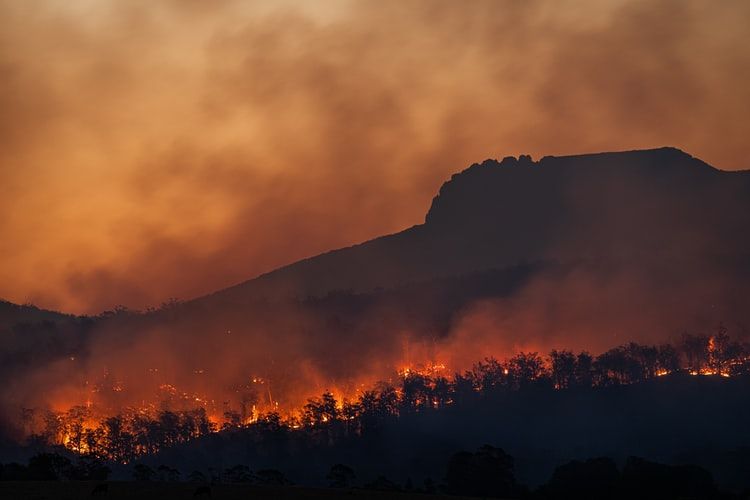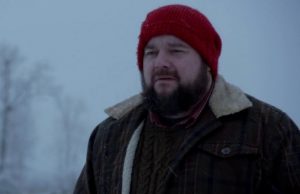A brutal start to the wildfire season in the western United States and Canada worsened Thursday as a massive Oregon blaze exploded in dry, windy conditions and a new California blaze threatened communities devastated by the 2018 Camp Fire.
US wildfire officials raised their inter-agency preparedness level to the highest tier — the earliest such move in a decade — as the region reels from the effects of consecutive heat waves that experts say have been worsened by global warming.
“This fire is going to continue to grow — the extremely dry vegetation and weather are not in our favor,” said Joe Hessel, who is leading a team tackling Oregon’s 227,000-acre Bootleg Fire, in a statement.
Burning through the equivalent of 130,000 soccer fields, the Bootleg Fire some 250 miles south of Portland is the largest active blaze in the US, bellowing heavy smoke visible from space that is blanketing parts of neighboring Washington and Idaho.
Also Read | Authorities struggle as high temperatures and wildfires rage in US, Canada
Firefighters have been dispatched from as far away as San Francisco to tackle the massive blaze, which is showing “extreme” growth through drought-affected brush and due to hot, dry, and breezy conditions.
It began more than a week ago and is just seven percent contained, has destroyed 21 homes, and threatening almost 2,000 more.
The inferno is just one of around 70 large fires burning some one million acres in the US alone.
The governor of the northwestern state of Montana on Wednesday declared a statewide wildland fire emergency.
Also Read | The deadly fire in Cyprus: Eyewitnesses’ accounts
And in California, the newly ignited Dixie Fire began ripping through land near the town of Paradise which was razed by the notorious 2018 Camp Fire — the deadliest in the state’s modern history, which killed 86 people.
“The fire started just a couple of miles [away], on the same road, as the Campfire in 2018,” David Little of the North Valley Community Foundation, set up to help Camp Fire victims, told the Los Angeles Times.
“It’s really a sense of deja vu that’s uneasy.”
The Dixie Fire doubled in size overnight and was zero percent contained, but was moving away from populated areas such as Paradise.
Elsewhere in California the much larger Beckwourth Complex — a combination of two blazes sparked by lightning last week — neared 100,000 acres Thursday.
Also Read | Heatwaves in Canada and beyond: What is causing snowclad mountains to burn
Last year was the worst in California’s modern history by acres burnt, but 2021 is currently outpacing even that record destruction. The fire season is starting earlier and ending later each year, while much of the state is in the grip of a severe multi-year drought.
In Canada, air quality alerts have been issued in many parts of British Columbia due to smoke from forest fires.
As of Thursday afternoon, the province had 309 fires, 23 of which started in the last two days.
Scientists say that heat waves arriving in the western US and Canada in late June would have been “virtually impossible” without human-caused climate change.
Human activity has driven global temperatures up, stoking increasingly fierce storms, extreme heatwaves, droughts, and wildfires.
amz/dw







